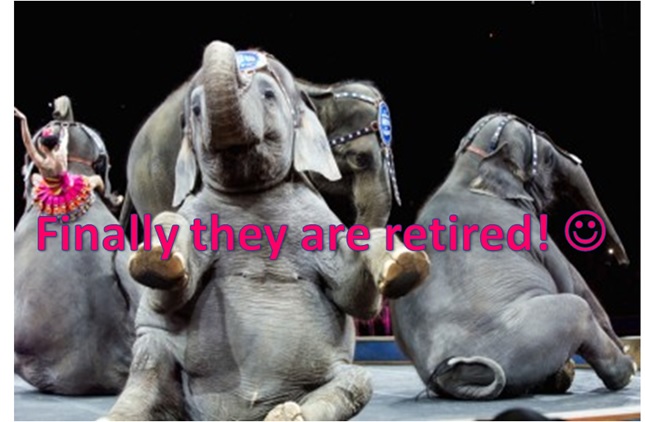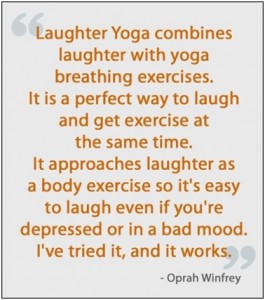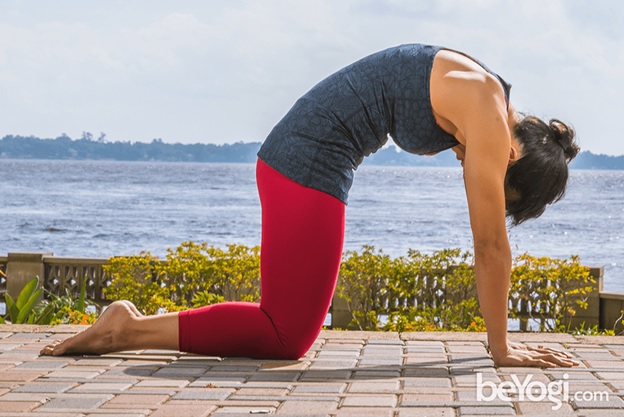Grandmothers always will have best traditional tips for various (common) conditions. Because they have more experience and whatever they do for younger generations, they do with lots of affection and care. Here is a collection of grandmothers’ tips for beautiful hair.
1) Coconut oil : Apply coconut oil and massage scalp for few minutes. And, leave it for few hours. The longer you leave coconut oil on your hair, the more effective it will be. Coconut oil nourishes the scalp and helps to get shiny and good hair. It is effective in removing dandruff. It acts as a good conditioner because of smaller medium-chain fatty acids. Coconut oil penetrates hair more deeply and faster than other conditioners.
2) Curry leaf oil: a) In a glass bottle take one or two ounces of sesame oil and add few curry leaves. Keep it under bright sunlight to steep. Once the oil changes to green color, then oil is ready to use for scalp massage.
b) Warm sesame oil and add few curry leaves. Again, warm the oil with curry leaves again for 2-3 minutes. Oil turns green and ready to use for hair.
3) Centella oil : Grind few centella leaves to a paste and add it to coconut or sesame oil. Warm the oil for a minute to two. Use this oil on hair to get rid of dandruff and split hair problem.
4) Brahmi oil : Bacopa monnieri is brahmi plant and highly medicinal. Leaves of brahmi oil steeped in sesame oil is good for hair growth. Apply this oil an hour or two before washing hair. Or one can warm the oil under low flame and add brahmi leaves -bring it to a boil and take it out of flame. Transfer content to a bottle and use it whenever you need.
5) Sesame oil : Sesame oil application to hair and scalp is very good. Sesame oil helps in controlling premature graying of hair, helps in hair growth and protects from hot sun. Sesame oil is enriched with Vitamin E, B complex, and minerals such as magnesium, calcium, phosphorus and protein that strengthen the hair from the roots and give deep nourishment.
6) Olive oil : a) Massaging extra virgin oil on hair and scalp helps to re-grow the hair. It helps to prevent hair loss. Just pour a small amount in your palms and massage it into your scalp, gently, and continue down to the end of your strands. For approximately a half hour after your hair is coated, keep your hair wrapped with a damp towel or shower cap in order to give it time to soak into the scalp and hair itself.
b) Add few drops of lemon juice to olive oil, mix well and apply to hair. This will act as a natural conditioner.
7) Shikakai (Acacia concinna) has been in use for many centuries in Indian houses. Sun dried fruits are powdered and can be stored for many years. Paste of the powder can be applied to hair and wash. This will act as shampoo. Care should be taken powder should not enter eyes.
8) Hibiscus : Both hibiscus flower and leaves are good for hair. Collect the leaves and petals of hibiscus. Make sure you collect a lot because you have to crush it and get the juice out of it. Or you can boil both leaves and flowers for few minutes. Take the juice and apply it to hair and wash.
9) Fenugreek application: Soak 3 to 4 tsp of fenugreek overnight and grind it in the morning. Apply on hair for an hour and wash. This gives shining to hair and controls hair fall.
10) Henna and Indian gooseberry (amla) for hair: Mix henna powder ( one can use fresh leaves paste) and amla in equal quantity. Add little hair oil of your choice. Keep it for couple of hours. Apply it to hair and leave it for 2 hours. Wash hair. This controls graying of hair and helps hair to regain its strength and beauty. Care should be taken – do not add more henna powder as it turns hair brown or reddish.
11)Mixture of oil for massaging: Massaging scalp stimulates blood circulation and gives shine and strength to the hair root. Use a mixture of coconut oil, almond oil and olive oil in equal quantities. To get better results heat this oil mixture a little bit before applying to your scalp.
General care tips:
• Do not brush wet hair. Wet hairs are more vulnerable for damages.
• Use sun light to dry hair and cut down on blow dryers, hot curlers, straight iron and other hair styling products.
• Apply oil previous day of washing hair.
• Use wide tooth comb to detangle the hair.
• Do not use chemical based shampoo or conditioner when your hair is going through dryness and damages.
• Strengthen your hair with right food: Include foods that contain Biotin in your diet. Biotin is present in brown rice, lentils, sunflower seeds, walnuts, soybeans, walnuts. Include protein, omega 3 fatty acids, vitamin C and selenium in your diet. Leafy vegetables that serve folic acid is good for hair health.
Tips collection: www.werindia.com
Image credit: Photo by Yoann Boyer on Unsplash










